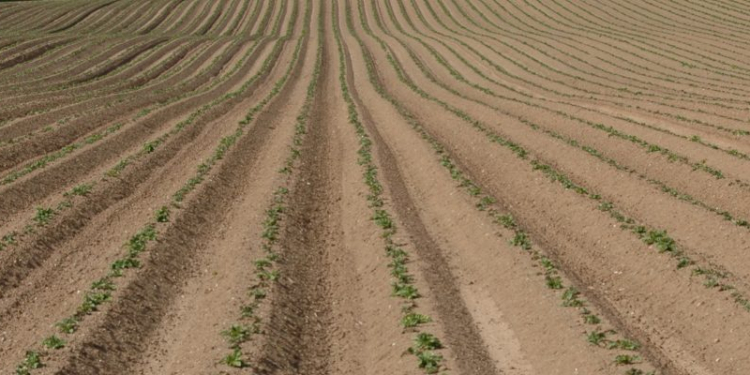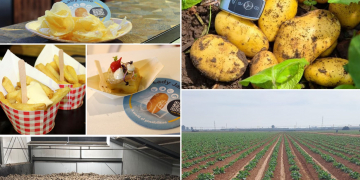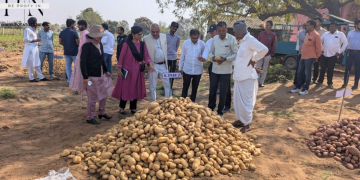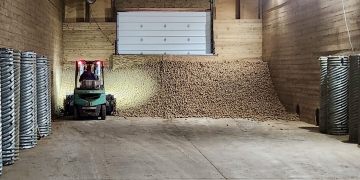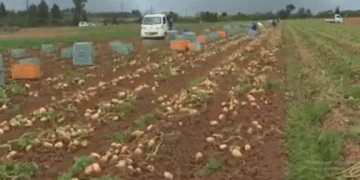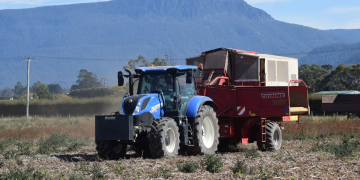BREAKING old cycles and farming in a more unpredictable way is necessary to upset the evolutionary response of weeds, according to Australian Herbicide Resistance Initiative research agronomist Mike Ashworth.
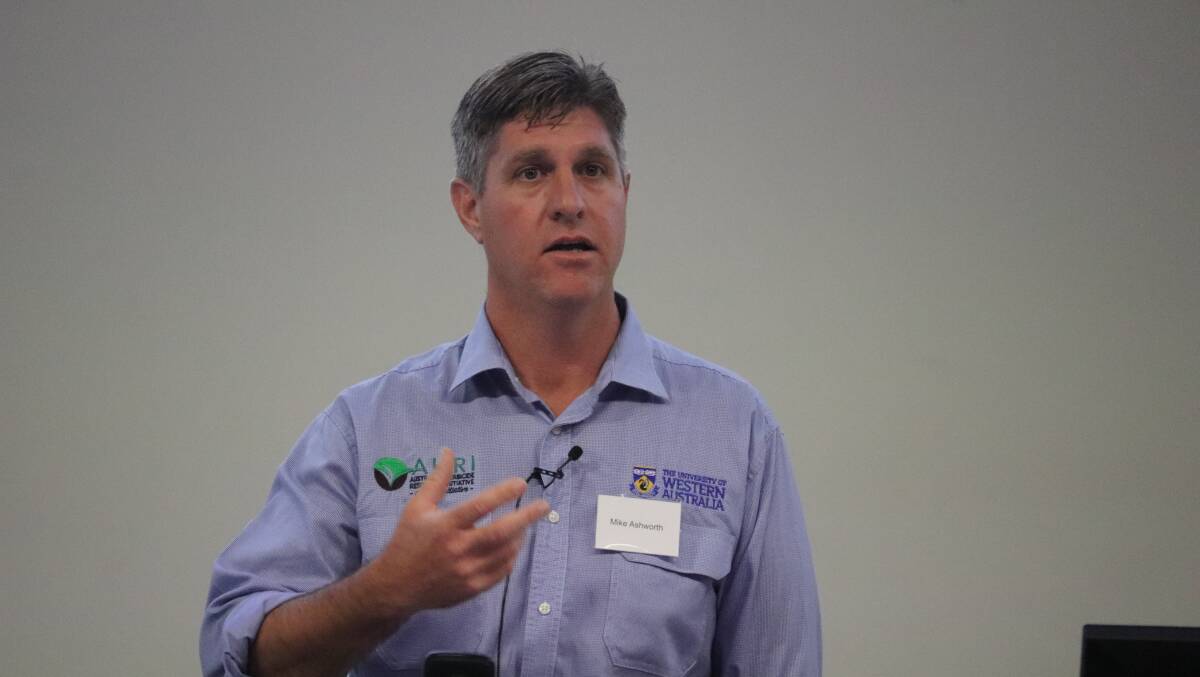
Speaking at the AHRI Crop Protection Forum, held at The University of Western Australia (search: weeds ) earlier this month, Dr Ashworth explained that evolution preyed on predictability, whether that be herbicide or non-herbicide control.
“No matter what we do, or what we apply, weeds are going to identify a strategy and no matter how off the rails the strategies may be, evolution is always going to select for resistance,” Dr Ashworth said.
“When we apply techniques in a predictable and repeated way, over large and genetically diverse weed populations, we are going to get a shift.
“Normally we seed at the same time every year, we spray in specific windows and we harvest at the same time – it’s all highly predictable and allows weeds to adapt.”
Agronomy can make a big difference to weeds adaptation and a lot can be overcome by producing the most competitive crop possible. But at the end of the day, the most necessary steps are to make things as unpredictable as possible and to make the environment as unconducive for seed production as possible.
Part of this comes from implementing the WeedSmart Big 6 – rotate crops and pastures, double knock to preserve glyphosate, mix and rotate herbicides, stop weeds set, crop competition and harvest weeds seed control. But the question proposed by Dr Ashworth at the forum was if growers were really being diverse if they’re applying the WeedSmart Big 6 the same way each season.
“In my opinion, they are – if you’re just doing the Big 6, you’re doing a great job at being diverse,” he said. “However, if we’re doing it the same way each year, we are going to see adaptation in responses, especially when it comes to the lifecycle of the weed.

“I think that we need to add to the Big 6 that we need to be less prescriptive in the way that we farm – we need to be more diverse in the way we apply these tactics, we need to be far less predictable, because predictability is the driver of evolution.” Being more diverse in the application of the Big 6 is about breaking any old cycles that exist in the field in order to farm in a completely unpredictable way.
“If you have a field that you always sow first because it’s close to the shed and get a good yield, sow it last,” Dr Ashworth said. “If you always seed dry, start seeding a couple of paddocks wet, by mixing up the maturity length of the varieties you’re using.
“We also need to start looking into swathing early, before harvest, in order to get that cutting rate earlier, or desiccating prior to harvest weeds seed control.”
